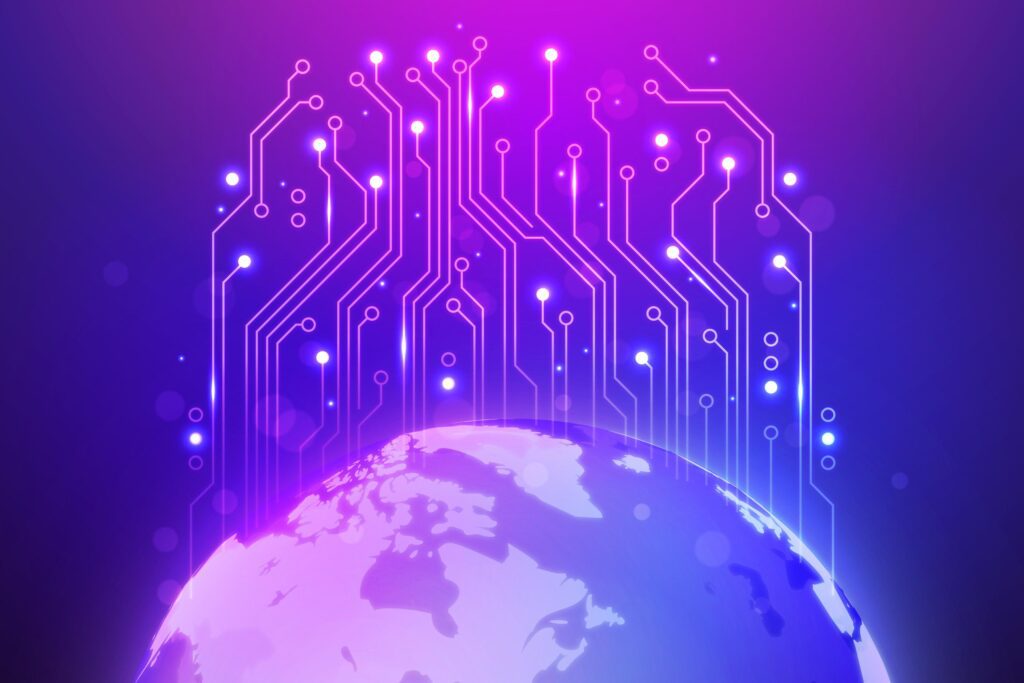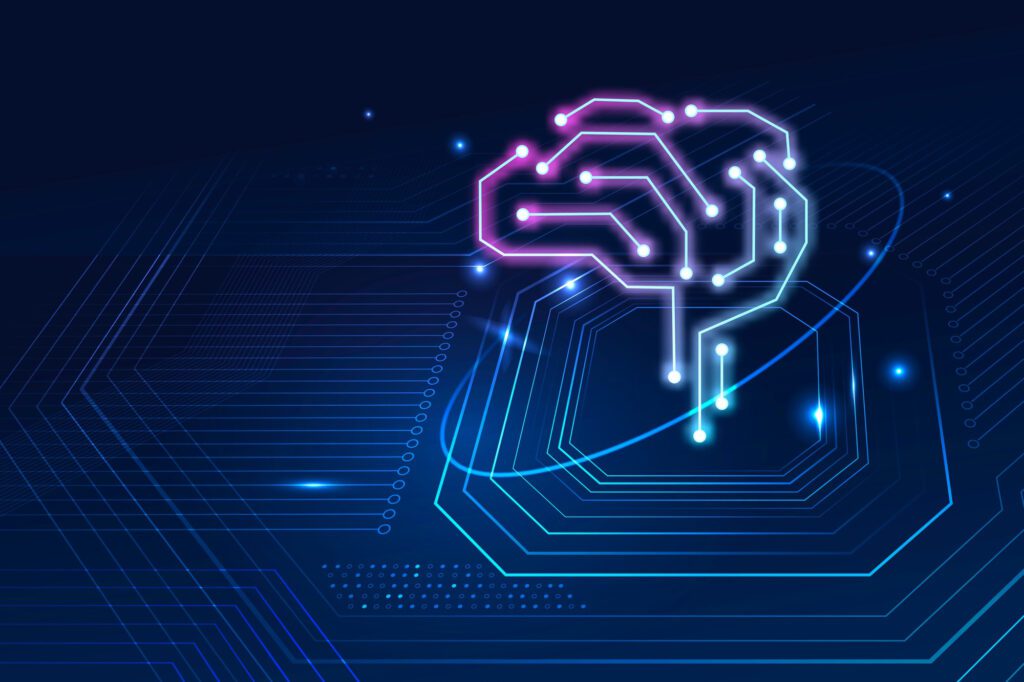By late 2025, machine learning (ML) has grown from a promising technology into a core function across many industries. From fraud detection and healthcare diagnostics to autonomous vehicles and product recommendations, machine learning is now a business essential. And standing at the center of this progress is the Machine Learning Engineer.
Once focused mainly on building experimental models, today’s ML Engineers are tasked with designing, deploying, and maintaining real-world AI systems at scale. As machine learning matures and expectations rise, this role continues to shift in new and exciting ways.
The Maturing World of Machine Learning

In the early 2020s, machine learning projects often focused on research or prototypes. Fast forward to 2025, and ML is being deployed in production to drive major business decisions. Enterprises are now focused on scalability, performance, and reliability, not just novelty.
This shift means ML Engineers must move beyond experimentation. They are now expected to manage end-to-end ML systems — from data ingestion to model deployment and beyond. This broader responsibility requires not just coding skills but also infrastructure knowledge, business understanding, and an eye on ethics and fairness.
📖 Read more: The Smart Career Path: The Best Jobs to Do in 2025
Shifting Responsibilities of ML Engineers
The ML Engineer’s role in 2025 is far more interdisciplinary than ever before. Here’s a closer look at the major shifts:
1. Full Lifecycle Ownership
ML Engineers now handle the entire model lifecycle — from data preprocessing to deployment, monitoring, and retraining. This means developing a strong understanding of the ML pipeline and being comfortable with tools across the stack.
2. Scalable Deployments
Modern ML systems must serve millions of users in real time, which requires scalable infrastructure. ML Engineers today regularly work with cloud platforms like Amazon Web Services (AWS), Microsoft Azure, or Google Cloud Platform (GCP) to deploy models reliably. Containerization tools like Docker and orchestration via Kubernetes are also key to building resilient systems.
3. MLOps Integration
MLOps is now a must. Borrowing principles from DevOps, MLOps automates the ML workflow — from training and testing to deployment and monitoring. Engineers often use platforms like MLflow, Kubeflow, or TensorFlow Extended (TFX) to streamline and scale operations.
4. Monitoring and Maintenance
Deploying a model isn’t the finish line — it’s just the start. ML Engineers are now responsible for ongoing model monitoring, including tracking metrics like accuracy, precision, and latency. They also detect and respond to model drift, retraining models as data patterns evolve.
5. Explainability and Trust
With ML influencing high-stakes decisions, there’s a growing need for explainable AI (XAI). Engineers use tools like SHAP and LIME to make model predictions more transparent. This not only builds user trust but also helps teams debug and improve models faster.
6. Ethical AI and Bias Mitigation
Bias in machine learning systems has real-world consequences. ML Engineers in 2025 must identify potential biases in datasets and models, applying fairness techniques to ensure equitable outcomes. They often collaborate with AI Ethics Officers and legal teams to align projects with evolving regulations.
7. Team Collaboration
ML Engineers don’t work in silos. They collaborate with data scientists, software engineers, domain experts, and product managers to bring machine learning to life. That means strong communication skills are just as important as technical ones — especially when explaining complex concepts to non-technical stakeholders.
8. Model Optimization
Running large models on edge devices or within tight budgets requires efficient engineering. Engineers use techniques like quantization, model pruning, and distillation to reduce model size without sacrificing performance.
9. Data Handling and Feature Engineering
ML Engineers are also expected to assist with feature engineering, especially when performance or interpretability matters. Knowledge of data processing tools such as Apache Spark and Apache Kafka is now commonplace.
10. Continuous Learning
With new tools and algorithms appearing constantly, staying current is essential. Successful ML Engineers dedicate time to upskilling through courses, certifications, research papers, and open-source contributions.
📖 Read more: How to Write the Perfect Resume in 2025
Essential Skills for ML Engineers in 2025
The modern ML Engineer needs a wide-ranging skillset to thrive. Here’s what’s required:
- Programming Languages: Proficiency in Python is a must, along with experience using libraries like PyTorch, TensorFlow, and scikit-learn.
- Cloud Expertise: Hands-on experience with AWS SageMaker, Azure Machine Learning, or Google Vertex AI.
- MLOps and Automation: Familiarity with CI/CD pipelines, Docker, Kubernetes, and tools like GitHub Actions.
- Data Engineering Skills: Comfort with data workflows, ETL pipelines, and batch/streaming tools like Spark and Kafka.
- Algorithm Understanding: Deep knowledge of machine learning algorithms and the math that powers them.
- Evaluation and Metrics: Ability to estimate models using accuracy, F1-score, AUC-ROC, and more.
- Monitoring Tools: Experience with platforms like Prometheus and Grafana for model monitoring and alerting.
- Explainability Tools: Working knowledge of SHAP or LIME for model transparency.
- Ethical AI Knowledge: Awareness of issues related to fairness, bias, and responsible AI development.
- Analytical Mindset: Strong problem-solving skills for diagnosing complex model or system errors.
What’s Ahead for ML Engineers?

Looking into the future, the role of the Machine Learning Engineer will likely continue to split into specialized paths, while also becoming more strategic:
- Specialized Roles: Expect to see job titles like MLOps Engineer, XAI Specialist, AI Fairness Analyst, and Edge AI Engineer become more common.
- Smarter Automation: ML platforms will handle more repetitive tasks, allowing engineers to focus on high-level innovation and strategy.
- Edge AI Growth: With smart devices everywhere, ML Engineers will increasingly optimize and deploy models on edge devices like smartphones, drones, and IoT hardware.
- Quantum AI Exploration: As quantum computing becomes more practical, ML Engineers may need to learn quantum principles and how they apply to future ML models.
- Greater Emphasis on Governance: As AI regulations become stricter, ML Engineers may be asked to take on compliance and audit responsibilities alongside technical work.
Conclusion
The Machine Learning Engineer in 2025 is no longer just a coder or model builder. They are a multi-skilled professional responsible for making sure machine learning works not just in theory, but in the real world — at scale, with fairness, transparency, and efficiency.
As AI continues to influence every corner of modern life, the demand for skilled ML Engineers will only grow. If you’re passionate about problem-solving, innovation, and ethical AI, this role offers not just a job — but a chance to shape the future.re engineering, data science, and increasingly, ethics. Their responsibilities have expanded to encompass the entire lifecycle of ML models, with a strong emphasis on scalability, reliability, and responsible deployment. As AI continues to shape our world, the demand for skilled and adaptable Machine Learning Engineers will only continue to grow, making it a dynamic and highly rewarding career path. Staying ahead of the curve in terms of technical skills and ethical awareness will be crucial for success in this ever-evolving field.

